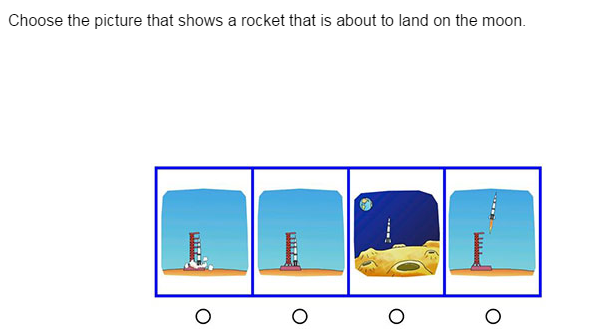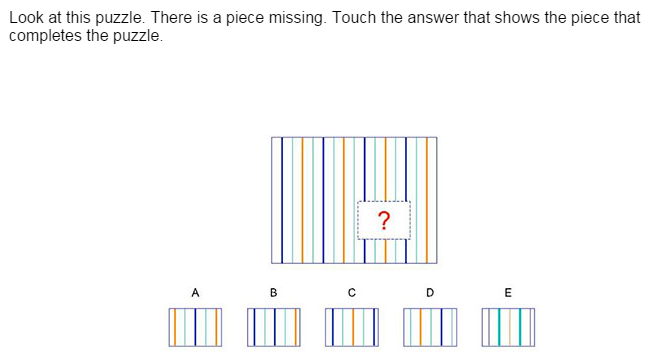NYC Gifted and Talented Kindergarten Information
Most parents who are interested in the New York City gifted and talented program are first exposed to it before their child enters kindergarten. If this is your first exposure to the program it can be quite overwhelming, but the rewards for your child are often well worth it. Getting in to the NYC gifted and talented kindergarten program can mean that your child does not have to switch schools, will be in a classroom with other gifted and talented students, and will not have to be retested all throughout elementary school.
Admission is based on the lowest level OLSAT (Level A) and NNAT-2 tests, which test arithmetic, aural reasoning, pictorial reasoning, pattern completion, and reasoning by analogy skills. This is a lot for a four year old! Luckily, preparation can help your child develop both these skills and the endurance necessary for test day. We provide test prep materials for both the OLSAT Level A and NNAT test for entry into the NYC Gifted and Talented Kindergarten Program.
Sample OLSAT Level A Question:
(Answer: Third from the left)
Sample NNAT-2 Kindergarten Question:
(Answer: C)
Learn More about the NYC Gifted and Talented Tests:
NYC Gifted and Talented Program Overview
NYC Gifted and Talented: First Grade
NYC Gifted and Talented: Second Grade
NYC Gifted and Talented: Third Grade
NYC Gifted and Talented Survival Guide
See if TestingMom.com supports your child’s test by your school district. If you don't see your child's school district listed, check with us! We have practice for other tests as well.





Tell us about your experiences